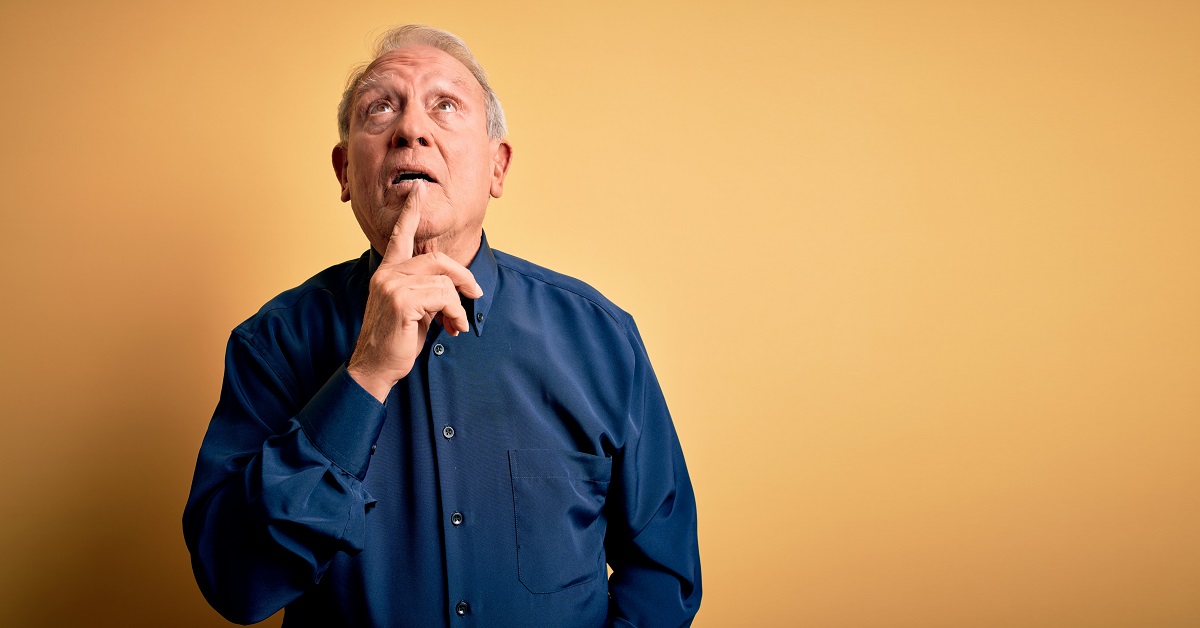Small basal cell carcinoma (BCC) is caused by overexposure to UV rays from the sun and is the most common form of skin cancer. It’s almost impossible to avoid prolonged exposure to the sunshine in Atlanta, and while there are benefits to the absorbing the warm rays in the sunny south, too much of it can lead to small basal cell carcinoma.
BCC is a common type of skin cancer, and an estimated 3.6 million people are diagnosed with it each year. If you’ve been diagnosed with it, you probably have had or are going to have Mohs surgery to remove it.
About Mohs Surgery
Mohs surgery is the most effective way to treat basal cell carcinoma. This skin cancer forms in the outermost layer of your skin, so it’s visible, which helps with early detection. It starts small and often appears as a shiny bump or scaly flat patch on your skin that slowly grows. The sooner it is removed, the better chance of healing without scarring or minimal scarring.
There are three main types of BCC that vary in look and color. Most of the time, BCC appears in areas that are regularly exposed to the sun, such as your face, back, shoulders, and sometimes arms and legs. Depending on its type, it can resemble open sores, red patches, pink growths, shiny bumps, scars, or growths. Some patches have slightly elevated, rolled edges along with a central indentation. About 50% of BCC growths are pigmented in people with darker skin.
The Mohs surgical procedure is the best way to rid yourself of cancerous lesions and preserve healthy tissue. It is usually performed in a doctor’s office with minimal discomfort and takes a few hours depending on the size and type of the lesion being removed. The process of removal is meticulous, and your board-certified dermatologist will go layer by layer of skin to be sure the entire tumor is removed, which also leaves healthy tissue in place.
The procedure is precise and allows your surgeon to check 100% of the margins on all sides of the tumor to be sure all cancerous tissue is removed. The tissue will be sent to pathology for interpretation. On occasion, the doctor will need to repeat the process to ensure complete removal of the affected skin, which can cause the surgery process to take several hours, but the results are almost infallible.
The Gold Standard
Mohs surgery has a 99% cure rate in new cases of basal cell carcinoma. The surgery is done as a single, outpatient visit. A local anesthetic is given to numb the area, but no general anesthesia is required, and patients usually return to work or typical activities the next day.
Mohs surgery is the No. 1 rated treatment in Atlanta for high-risk skin cancers because of its high cure rate. Cancers on the face – especially the nose, eyelids, ears, hands, and feet – are considered high risk. Nonmelanoma skin cancers are also considered high-risk when they develop in patients whose immune systems are suppressed by medication, disease, or in those with genetically predisposed to skin cancers.
Post-Surgical Healing
Most scars from Mohs surgery take 12 to 18 months to heal after your procedure. During that time, there are specific steps you can take to encourage healing and minimal scarring. Scars should fade from bright pink over the course of the year to match your skin tone. Your doctor can give you advice on how to care for your wound for the first year and can also provide consultation about scar revision if you are unhappy with your scar after it is fully healed.
Untreated BCC can become painful and ulcerated, which can cause bleeding and infection. If left untreated for long periods, the tumor can grow wide and deep into the skin and invade deeper tissues damaging muscle and bone. BCC that has matured and damaged surrounding tissue is harder to remove and has a higher likelihood of returning. If you haven’t had a skin cancer screening or suspect you may have a BCC growth, then schedule an appointment with our office.


